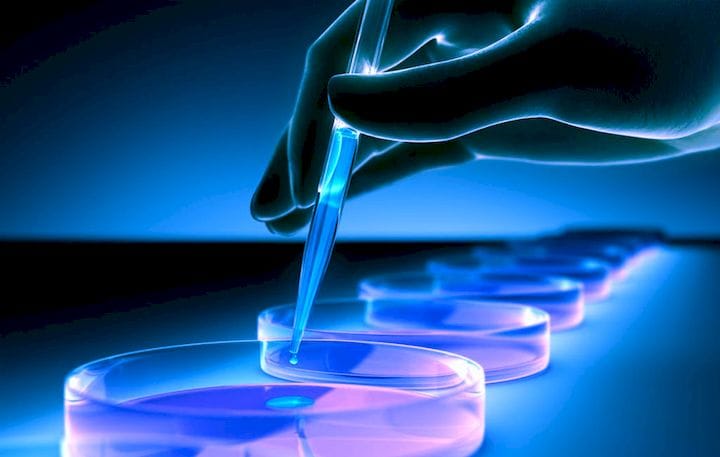![Genecis is producing 3D printable PHA from organic waste [Source: Genecis]](https://fabbaloo.com/wp-content/uploads/2020/05/image-asset_img_5eb0a5b2f243c.jpg)
Toronto-based Genecis has apparently developed a means of transforming organic trash into usable thermoplastics.
There is increasing interest in producing fully recyclable plastics due to the discovery of gigantic amounts of micro plastic particles in the world’s waters. This interest has driven research into the development of more sustainable materials, and those that properly degrade once discarded.
That philosophy appears to be behind Genecis’ products. They transform typical organic waste into usable PHA thermoplastics by applying carefully designed “bacterial cocktails” that chemically work on the waste, instead of conventional PHA production that uses more standard inputs such as sugar-based commodities like sugar cane or corn.
![Equipment used to produce 3D printable PHA from organic waste [Source: Genecis]](https://fabbaloo.com/wp-content/uploads/2020/05/image-asset_img_5eb0a5b35b703.jpg)
They explain:
“Our current biotechnology produces PHBVs, a high quality biodegradable plastic that is used to make thermo-resistant packaging and 3D printing filaments. By using waste as the feedstock, we are able to dramatically reduce the cost of production. Our next step is to rapidly engineer bacteria that converts organic waste into high grade specialty chemicals.
PHAs are 100% compostable and can be moulded into products such as foodware and 3D printing filament. In nature and landfills, it can degrade within a single year. If it ends up in the recycling stream, it is one of the only types of bioplastics that can be recombined with petrol plastics into recycled resin.
By using systemic biological design to convert mixed organic waste into carbon sources, our PHA bacteria cocktail is able to efficiently produce PHA bioplastics at a 40% lower cost than current commercial productions.”
It’s also possible they may be able to convert a company’s waste from a cost (to dispose of) to a revenue stream (if transformed into usable thermoplastics).
Packaging is an obvious application example of this material, as the fully biodegradable package would disappear within a year when exposed to natural conditions. However, they also mention 3D printing filament as another application.
![PHA thermoplastic pellets [Source: Genecis]](https://fabbaloo.com/wp-content/uploads/2020/05/image-asset_img_5eb0a5b3a9685.jpg)
Is there a market for this type of 3D printer filament? I’m not so certain on this, with the reason being the increasing pickiness of 3D printer operators.
Recently we’ve seen the demise of many poor-quality 3D printer filament providers because their products simply didn’t print very well. If they wish to sell 3D printer filament they will require a very sophisticated production line and quality control system. I personally recall a particularly bad “wood” filament that caused a catastrophic nozzle jam on the printer within five minutes of starting a print. No one has time for crappy filament anymore.
Another challenge is the engineering properties of the material. In the professional 3D printing space operators often demand very specific materials that match the engineering properties required for their prototypes or products. If such materials are not available on a machine, they won’t consider buying or using the machine. As such it may be more challenging for Genecis to sell their PHA filaments to anyone except those who specifically need PHA.
What might be applications for biodegradable 3D prints? One can imagine some types of disposable items, like packaging clips, but I can’t see how they would require the customization enabled by 3D printing, and might be easier to produce using conventional manufacturing techniques.
Nevertheless, another biodegradable option is always a good thing.
Via Genecis











An inventive designer has developed a method for producing 3D paper objects using recycled paper and 3D printed molds.